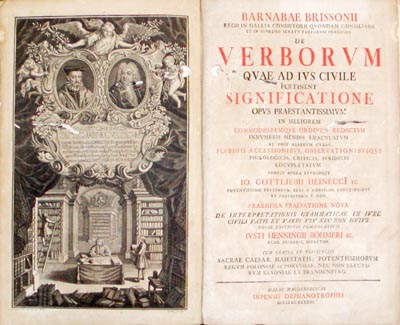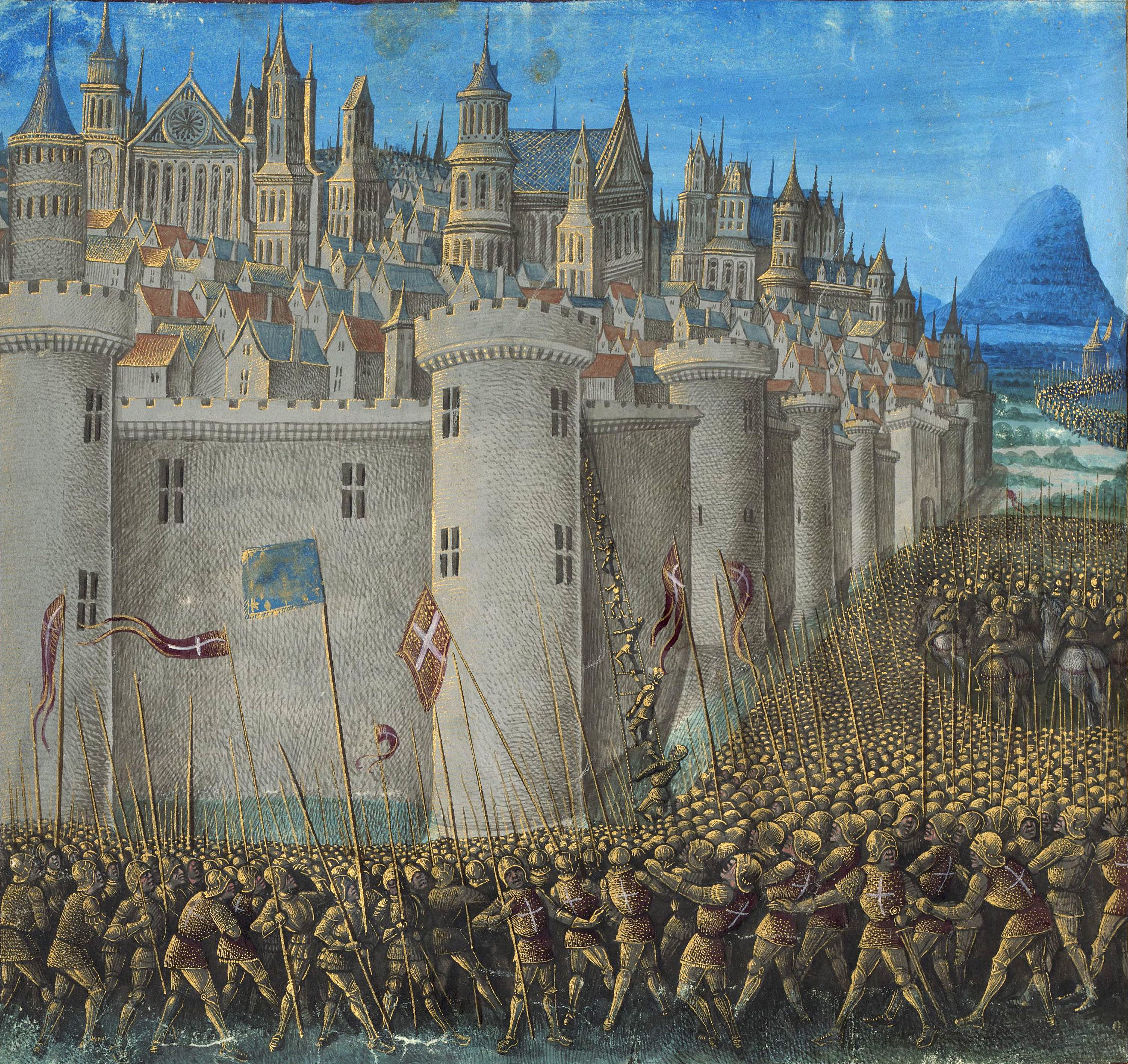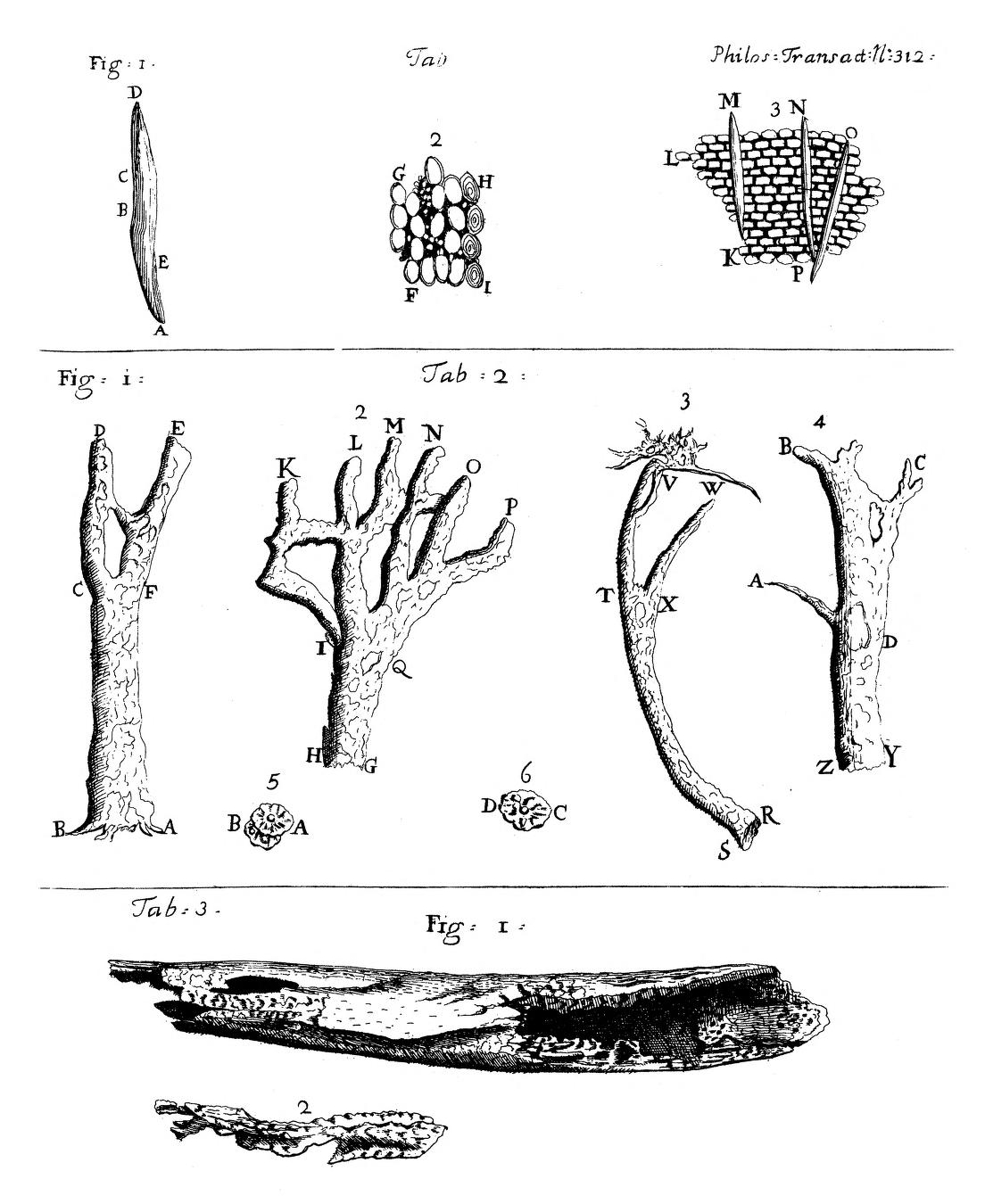|
Sebastiano Bado
Sebastiano Bado, sometimes Latinisation of names, Latinized as Sebastianus Baldus (also spelled Badi or Baldo; 1643 - 1676), was a Republic of Genoa, Genoese physician notable for his medicinal usage of cinchona bark in the 17th century. Bado studied medicine in Rome and became the court doctor to John de Lugo. He wrote extensively on the use of cinchona bark powder to dispel malaria, notably in his 1663 publication ''Anastasis corticis Peruviae, seu Chinae Chinae defensio, Sebastiani Badi Genuensis [...] Contra Ventilationes Ioannis Iacobi Chifletii, gemitusque Vopisci Fortunati Plempii''. The traditional story connecting cinchona with malaria treatment was first recorded in this publication. Bado tells of the wife of Luis Jerónimo de Cabrera, 4th Count of Chinchón and Viceroy of Peru, who fell ill in Lima with a tertian fever. A Spanish governor advised a traditional remedy using cinchona bark, which resulted in a miraculous and rapid cure. The Countess then supposedly ordered ... [...More Info...] [...Related Items...] OR: [Wikipedia] [Google] [Baidu] |
Latinisation Of Names
Latinisation (or Latinization) of names, also known as onomastic Latinisation, is the practice of rendering a ''non''-Latin name in a Latin style. It is commonly found with historical proper names, including personal names and toponyms, and in the standard binomial nomenclature of the life sciences. It goes further than romanisation, which is the transliteration of a word to the Latin alphabet from another script (e.g. Cyrillic). For authors writing in Latin, this change allows the name to function grammatically in a sentence through declension. In a scientific context, the main purpose of Latinisation may be to produce a name which is internationally consistent. Latinisation may be carried out by: * transforming the name into Latin sounds (e.g. for ), or * adding Latinate suffixes to the end of a name (e.g. for '' Meibom),'' or * translating a name with a specific meaning into Latin (e.g. for Italian ; both mean 'hunter'), or * choosing a new name based on some attri ... [...More Info...] [...Related Items...] OR: [Wikipedia] [Google] [Baidu] |
Republic Of Genoa
The Republic of Genoa ( lij, Repúbrica de Zêna ; it, Repubblica di Genova; la, Res Publica Ianuensis) was a medieval and early modern maritime republic from the 11th century to 1797 in Liguria on the northwestern Italian coast. During the Late Middle Ages, it was a major commercial power in both the Mediterranean Sea and the Black Sea. Between the 16th and 17th centuries it was one of the major financial centers in Europe. Throughout its history, the Genoese Republic established numerous colonies throughout the Mediterranean and the Black Sea, including Corsica from 1347 to 1768, Monaco, Southern Crimea from 1266 to 1475 and the islands of Lesbos and Chios from the 14th century to 1462 and 1566 respectively. With the arrival of the early modern period, the Republic had lost many of its colonies, and had to shift its interests and focus on banking. This decision would prove successful for Genoa, which remained as one of the hubs of capitalism, with highly developed ban ... [...More Info...] [...Related Items...] OR: [Wikipedia] [Google] [Baidu] |
Cinchona Bark
Jesuit's bark, also known as cinchona bark, Peruvian bark or China bark, is a former remedy for malaria, as the bark contains quinine used to treat the disease. The bark of several species of the genus ''Cinchona'', family Rubiaceae indigenous to the western Andes of South America, was discovered as a folk medicine treatment for malaria by Jesuit missionaries in Peru during the 17th century. History The western history of cinchona bark dates back more than 350 years. Circa 1650, the physician Sebastiano Bado declared that this bark had proved more precious to mankind than all the gold and silver that the Spaniards had obtained from South America. In the 18th century, the Italian professor of medicine Bernardino Ramazzini said that the introduction of Peruvian bark would be of the same importance to medicine that the discovery of gunpowder was to the art of war, an opinion endorsed by contemporary writers on the history of medicine. The value of Jesuit's bark, and the controver ... [...More Info...] [...Related Items...] OR: [Wikipedia] [Google] [Baidu] |
Rome
, established_title = Founded , established_date = 753 BC , founder = King Romulus ( legendary) , image_map = Map of comune of Rome (metropolitan city of Capital Rome, region Lazio, Italy).svg , map_caption = The territory of the ''comune'' (''Roma Capitale'', in red) inside the Metropolitan City of Rome (''Città Metropolitana di Roma'', in yellow). The white spot in the centre is Vatican City. , pushpin_map = Italy#Europe , pushpin_map_caption = Location within Italy##Location within Europe , pushpin_relief = yes , coordinates = , coor_pinpoint = , subdivision_type = Country , subdivision_name = Italy , subdivision_type2 = Regions of Italy, Region , subdivision_name2 = Lazio , subdivision_type3 = Metropolitan cities of Italy, Metropolitan city , subdivision_name3 = Metropolitan City of Rome Capital, Rome Capital , government_footnotes= , government_type = Mayor–council gover ... [...More Info...] [...Related Items...] OR: [Wikipedia] [Google] [Baidu] |
John De Lugo
John de Lugo (also Juan de Lugo y de Quiroga and Xoan de Lugo) (1583–1660), a Spanish Jesuit and Cardinal, was an eminent theologian of the Baroque. Juan de Lugo y de Quiroga Early life and education He was born in November, 1583 in , though he used to call himself a "Hispalensis", because his family seat was at . Both his father (also named Juan de Lugo) and his mother (Teresa de Quiroga, whose family name he bore for a time as was custom for the second son) were of noble birth.[...More Info...] [...Related Items...] OR: [Wikipedia] [Google] [Baidu] |
Malaria
Malaria is a mosquito-borne infectious disease that affects humans and other animals. Malaria causes symptoms that typically include fever, tiredness, vomiting, and headaches. In severe cases, it can cause jaundice, seizures, coma, or death. Symptoms usually begin ten to fifteen days after being bitten by an infected mosquito. If not properly treated, people may have recurrences of the disease months later. In those who have recently survived an infection, reinfection usually causes milder symptoms. This partial resistance disappears over months to years if the person has no continuing exposure to malaria. Malaria is caused by single-celled microorganisms of the '' Plasmodium'' group. It is spread exclusively through bites of infected '' Anopheles'' mosquitoes. The mosquito bite introduces the parasites from the mosquito's saliva into a person's blood. The parasites travel to the liver where they mature and reproduce. Five species of ''Plasmodium'' can infect and be spr ... [...More Info...] [...Related Items...] OR: [Wikipedia] [Google] [Baidu] |
Luis Jerónimo De Cabrera, 4th Count Of Chinchón
Luis Jerónimo Fernández de Cabrera Bobadilla Cerda y Mendoza, 4th Count of Chinchón, also known as Luis Xerónimo Fernandes de Cabrera Bobadilla y Mendoza, (1589 in Madrid – October 28, 1647 in Madrid) was a Spanish nobleman, Comendador of Criptana, Alcaide of the Alcázar de Segovia, Treasurer of Aragón, and captain general and Viceroy of Peru, from January 14, 1629, to December 18, 1639. His wife, Ana de Osorio (1599–1625), is credited as being one of the first Europeans to be treated with quinine, and as the person who introduced that medicine into Europe. Birth Fernández de Cabrera Bobadilla was born in Madrid in 1589 (or perhaps 1590), into a family close to the Spanish throne. His parents were Diego Fernández de Cabrera, third Count of Chinchón and Inés Pacheco, the daughter of the marquis of Villena and 3rd Duke of Escalona, Diego López Pacheco, and Luisa Bernarda de Cabrera Bobadilla, third marquesa of Moya. Don Luis's parents were first cousins. He was ... [...More Info...] [...Related Items...] OR: [Wikipedia] [Google] [Baidu] |
Viceroy Of Peru
The viceroys of Peru ruled the Viceroyalty of Peru from 1544 to 1824 in the name of the monarch of Spain. The territories under ''de jure'' rule by the viceroys included in the 16th and 17th century almost all of South America except eastern Brazil. Governors of New Castile (1532–1544) Viceroys of Peru (1544–1824) See also *Viceroyalty of Peru *History of Peru * List of presidents of Peru References {{DEFAULTSORT:Viceroys Of Peru, List Of Viceroyalty of Peru * *Peru Colonial Peru Viceroy Peru, viceroys Viceroys A viceroy () is an official who reigns over a polity in the name of and as the representative of the monarch of the territory. The term derives from the Latin prefix ''vice-'', meaning "in the place of" and the French word ''roy'', meaning "k ... 16th-century Peruvian people 17th-century Peruvian people 18th-century Peruvian people 19th-century Peruvian people Viceroy of Peru Viceroy of Peru Viceroy of Peru Viceroy of Peru Viceroy of ... [...More Info...] [...Related Items...] OR: [Wikipedia] [Google] [Baidu] |
Linnaeus
Carl Linnaeus (; 23 May 1707 – 10 January 1778), also known after his ennoblement in 1761 as Carl von Linné Blunt (2004), p. 171. (), was a Swedish botanist, zoologist, taxonomist, and physician who formalised binomial nomenclature, the modern system of naming organisms. He is known as the "father of modern taxonomy". Many of his writings were in Latin; his name is rendered in Latin as and, after his 1761 ennoblement, as . Linnaeus was born in Råshult, the countryside of Småland, in southern Sweden. He received most of his higher education at Uppsala University and began giving lectures in botany there in 1730. He lived abroad between 1735 and 1738, where he studied and also published the first edition of his ' in the Netherlands. He then returned to Sweden where he became professor of medicine and botany at Uppsala. In the 1740s, he was sent on several journeys through Sweden to find and classify plants and animals. In the 1750s and 1760s, he continued to collect ... [...More Info...] [...Related Items...] OR: [Wikipedia] [Google] [Baidu] |
Cinchona
''Cinchona'' (pronounced or ) is a genus of flowering plants in the family Rubiaceae containing at least 23 species of trees and shrubs. All are native to the tropical Andean forests of western South America. A few species are reportedly naturalized in Central America, Jamaica, French Polynesia, Sulawesi, Saint Helena in the South Atlantic, and São Tomé and Príncipe off the coast of tropical Africa, and others have been cultivated in India and Java, where they have formed hybrids. ''Cinchona'' has been historically sought after for its medicinal value, as the bark of several species yields quinine and other alkaloids. These were the only effective treatments against malaria during the height of European colonialism, which made them of great economic and political importance. Trees in the genus are also known as fever trees because of their anti-malarial properties. The artificial synthesis of quinine in 1944, an increase in resistant forms of malaria, and the emergence of ... [...More Info...] [...Related Items...] OR: [Wikipedia] [Google] [Baidu] |
Podagra
Gout ( ) is a form of inflammatory arthritis characterized by recurrent attacks of a red, tender, hot and swollen joint, caused by deposition of monosodium urate monohydrate crystals. Pain typically comes on rapidly, reaching maximal intensity in less than 12 hours. The joint at the base of the big toe is affected in about half of cases. It may also result in tophi, kidney stones, or kidney damage. Gout is due to persistently elevated levels of uric acid in the blood. This occurs from a combination of diet, other health problems, and genetic factors. At high levels, uric acid crystallizes and the crystals deposit in joints, tendons, and surrounding tissues, resulting in an attack of gout. Gout occurs more commonly in those who: regularly drink beer or sugar-sweetened beverages; eat foods that are high in purines such as liver, shellfish, or anchovies; or are overweight. Diagnosis of gout may be confirmed by the presence of crystals in the joint fluid or in a deposit out ... [...More Info...] [...Related Items...] OR: [Wikipedia] [Google] [Baidu] |
Italian Physicians
Italian(s) may refer to: * Anything of, from, or related to the people of Italy over the centuries ** Italians, an ethnic group or simply a citizen of the Italian Republic or Italian Kingdom ** Italian language, a Romance language *** Regional Italian, regional variants of the Italian language ** Languages of Italy, languages and dialects spoken in Italy ** Italian culture, cultural features of Italy ** Italian cuisine, traditional foods ** Folklore of Italy, the folklore and urban legends of Italy ** Mythology of Italy, traditional religion and beliefs Other uses * Italian dressing, a vinaigrette-type salad dressing or marinade * Italian or Italian-A, alternative names for the Ping-Pong virus, an extinct computer virus See also * * * Italia (other) * Italic (other) * Italo (other) * The Italian (other) * Italian people (other) Italian people may refer to: * in terms of ethnicity: all ethnic Italians, in and outside of Italy * in ... [...More Info...] [...Related Items...] OR: [Wikipedia] [Google] [Baidu] |



.png)


